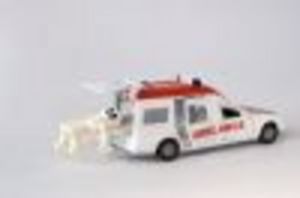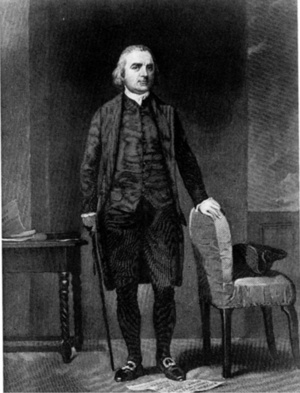Keeping your car in top condition is vital to maintaining its resell value and its eye appeal. However, even though you may wash and wax it regularly, keep it in a garage, and park it in the shade to protect the paint job from sun damage, there are natural and manmade hazards that take a toll on your paint job no matter what precautions you take. After a few seasons’ exposure to road salt, tar, dust, gravel, mud, rain, and sun your paint will begin to show some wear and tear. Small scratches caused by rock chips or rock salt can leave your car vulnerable to paint damage and rust. In order to combat the destructive qualities of rust and paint damage, you should maintain your car’s paint by touching up damaged areas as soon as they develop. While large paint repairs should be handled by a quality body shop, for small jobs you can easily do it yourself by using factory-matched paints and clear coat from a quality supplier for a fraction of the price.
Finding the Right Paint
If you intent to tackle the touch up of your scratch, nick, or chip, then you will want to find a car paint that will match your car’s color exactly. To do this you need to first identify your car’s color code, which, for most models, is located on a sticker on your door, or you can find it in a paint manufacturer’s catalog based on your cars make, model, and year. If you are still not able to find a color code for your car, you should ask a car dealer or talk with the paint manufacturer for help finding a match.
After finding the color code, or color match, for your car’s base paint, you will then need to purchase enough paint to cover the area that has been affected. For small areas a single can is sufficient, however, if you have several areas on your car that need repair then you will need to purchase several cans of base paint. Ask the manufacturer how large of an area that each can of paint covers, and use this as a guide, giving yourself a 10 to 20% margin of error. Also if you are planning on repairing a large area, such as an entire panel on your car’s body, you should also plan on applying at least two coats to ensure proper coverage. Again the paint manufacturer will be a good person to ask how many coats is recommended for adequate coverage.
Touching Up Damaged Areas
Your first step is to remove any wax and protective products that have been applied to your car by using a prep solvent. If these products are not removed before you start your touch-up then they will cause the paint to separate and pool. Next, gently sand down the effected area until it is smooth. Follow the direction provided on the paint can as to how to properly prepare an area to be painted, and how to properly apply the base paint.
After applying the base paint in one, two, or more coats, you will need to allow the paint time to dry and cure. It is best if your car is placed in a location that allows it to be protected from the elements like in a garage. After the base paint has dried, usually about 24 hours, you can then apply the clear coat. There are some paints that are an all-in-one paint, that include both base paint and clear coat, however, for a better match with your car’s original paint job it is recommended that you use a matte base paint and then apply a separate clear coat.
Tips
1. Nail polish is often used by motorists for quick repairs of scratches and chips. While nail polish will work as a temporary solution, it will not last more than a month before fading and chipping off, leaving your car vulnerable to rust and further paint damage.
2. During winter months try to stay off the shoulder of the road when driving, especially if your state uses chemicals or salt to de-ice the road.
3. In the summer try to park in the shade or in protected areas to protect your car’s paint job from fading.
4. Keep a can of your car’s base color and a can of clear coat readily available to fix small chips and scratches as they happen. This will not only protect your car from rust, but it will also help maintain the integrity of your car’s paint job.





